Understanding Left-Turning Tendencies in Airplanes
Northstar VFR
MARCH 16, 2025
Torque is most noticeable when power is applied suddenly for example, during takeoff. This force pushes the tail to the right, causing the nose to yaw left. The same way you would counteract any of the other left turning tendencies By applying right rudder pressure to keep the nose aligned with the runway.

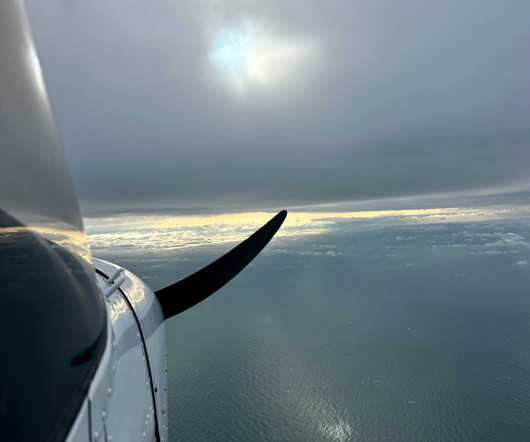


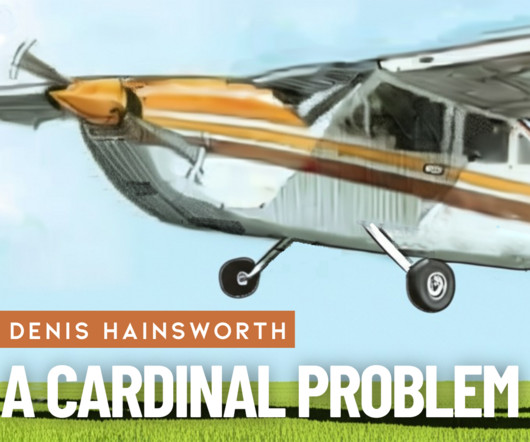
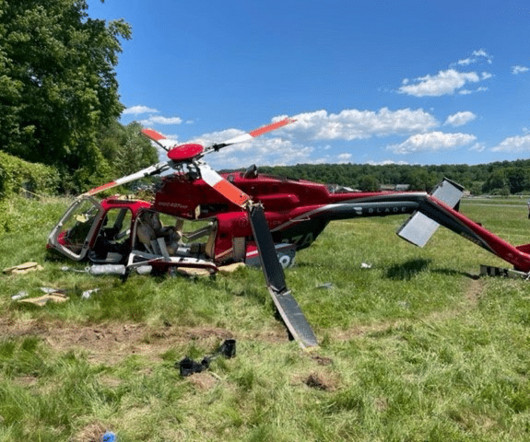
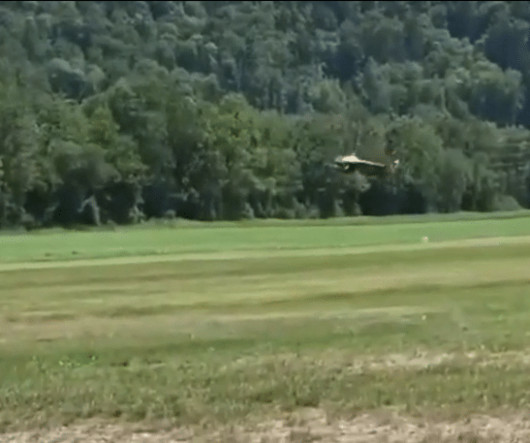
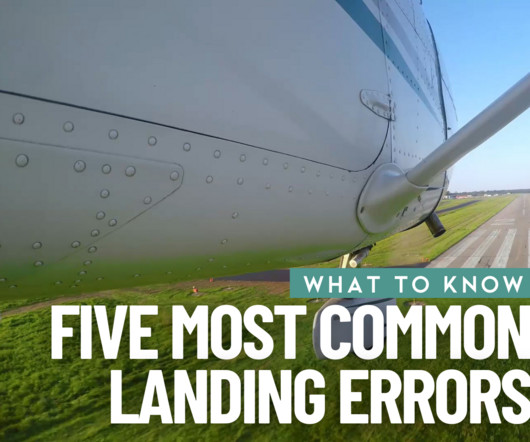

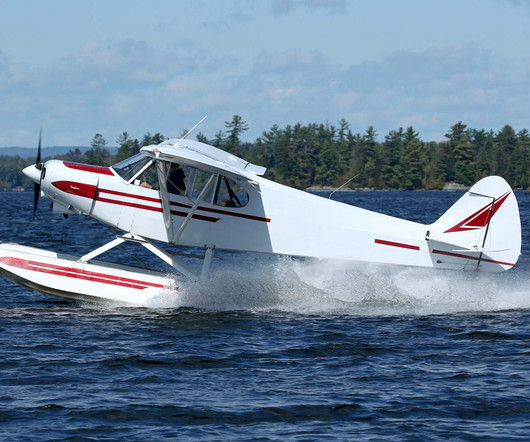
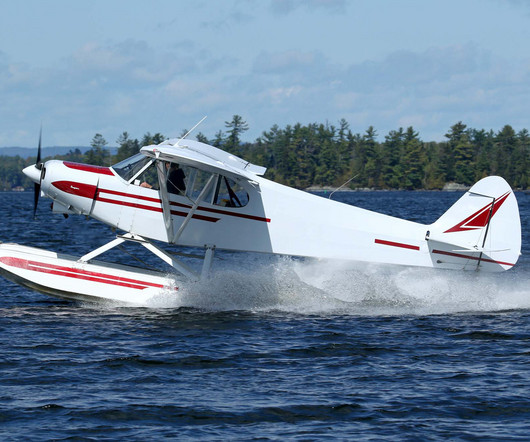
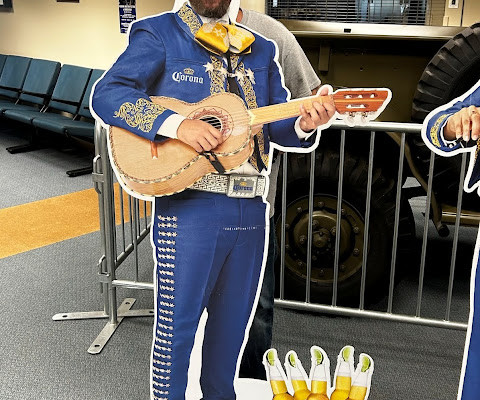







Let's personalize your content